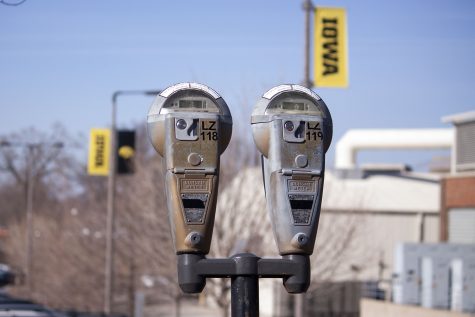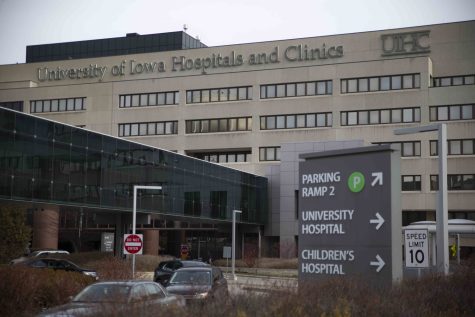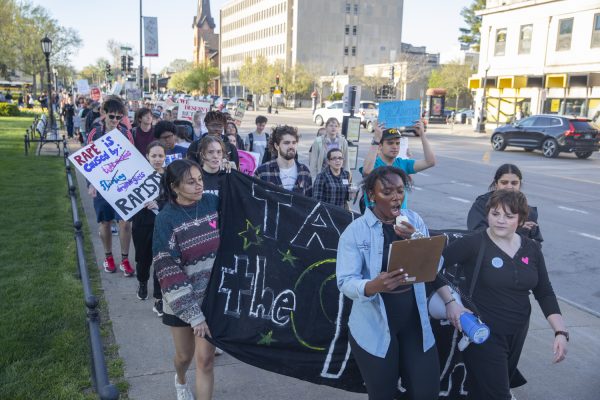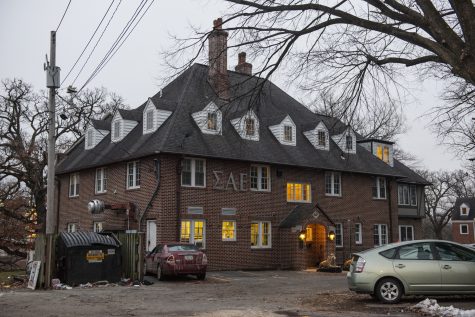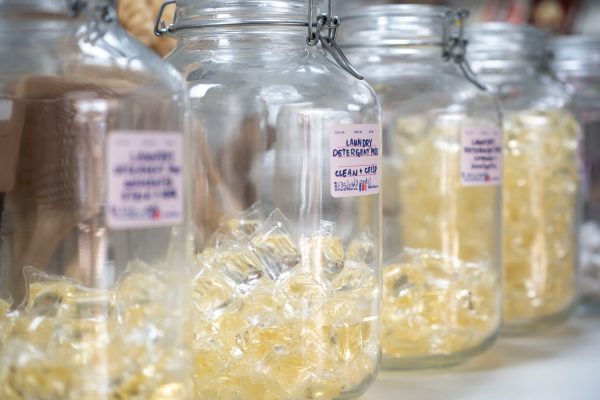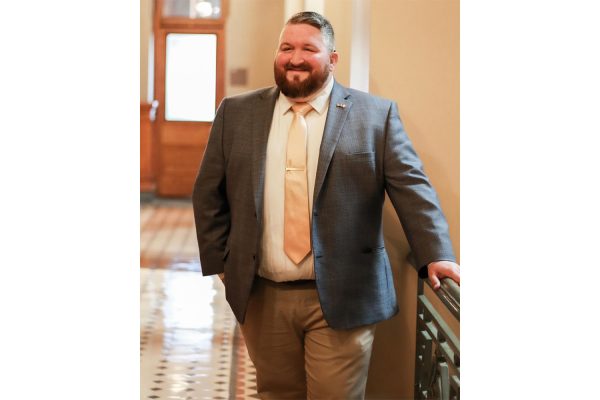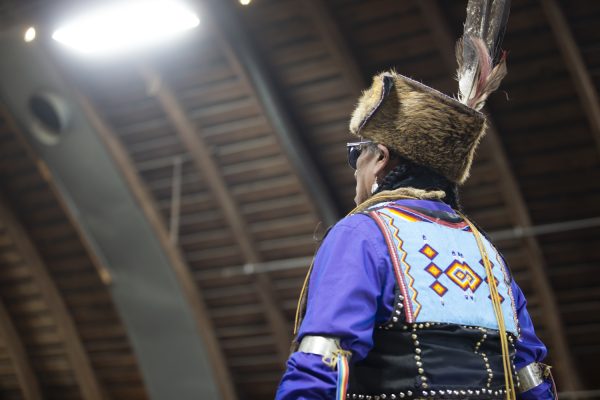Hawkeye Poll class gives students firsthand experience in survey creation
Approaching a midterm election, the new Hawkeye Poll course allows students to create and conduct a poll on state politics and policy.
The Old Capitol is shown on Monday, July 25, 2016.
September 6, 2018
Students have a unique opportunity this year to participate in Hawkeye Poll, a political-science class offered only in election years focused on the process of creating and interpreting political surveys.
The class covers all the various aspects of making and analyzing a survey, and students get the hands-on experience of creating and conducting their own poll.
“For this class, we try to teach students the conceptual skills and practical tools to interpret surveys,” class instructor Jielu Yao said. “What makes this class different is that we let students do the real stuff.”
The Hawkeye Poll began in 2007 as an independent study for undergraduate students to help in faculty and graduate student research, political-science Professor Fred Boehmke said. It has been offered as a class in its current form every two years since 2012.
The data from the poll have been published in national and international newspapers. According to the class’s website, it has been seen in Newsweek, Time, and the Washington Post. The data have even been published in a newspaper in Japan, Boehmke said.
Over the years, the poll has focused on such different areas as county and federal politics, Boehmke said. This year questions will relate to state politics. In addition to general questions about policy, it will feature questions about the candidates for governor and the House of Representatives, among others.
Boehmke said the data will also be used to make predictions about who might win the state elections in November.
First, Yao said, the students will work on creating questions for the survey. For example, she said, they will parse phrasing questions correctly to avoid accidental bias.
The questions will be decided on by the class students, graduate students, and professors. They will cover a wide range of political topics, including questions about the 2018 general election. The questions will have a focus on Iowa politics but will also touch on national issues, though no specific questions have been written yet, Boehmke said.
The next phase of the process begins in October, when students will work with the Iowa Social Science Research Center to make calls across the state of Iowa and ask the questions in an attempt to get an accurate sample for the survey, Yao said.
The students will then get the chance to interpret the data using a program called Stata. The program lets them turn their data into charts and graphs and see how different factors affect each other. After that, students will learn to write press releases to inform the public of their findings, Yao said.
The thing that makes it most valuable for students is that they get to be involved in the research process from the first step to the last step,
— Fred Boehmke
Once results are published, people will be able to see which demographic groups voted for which candidates.
Matthew Wallack, a senior majoring in political science, decided to take the class because he thought it seemed interesting, and it fulfilled a requirement for his political risk-analysis certificate. He enjoys the practical experience that the class provides.
“We’re working in groups, and it’s more of a hands-on experience,” he said.
The students have an active role in every part of this process, which is something that the class instructors appreciate, Boehmke said.
“The thing that makes it most valuable for students is that they get to be involved in the research process from the first step to the last step,” he said.






